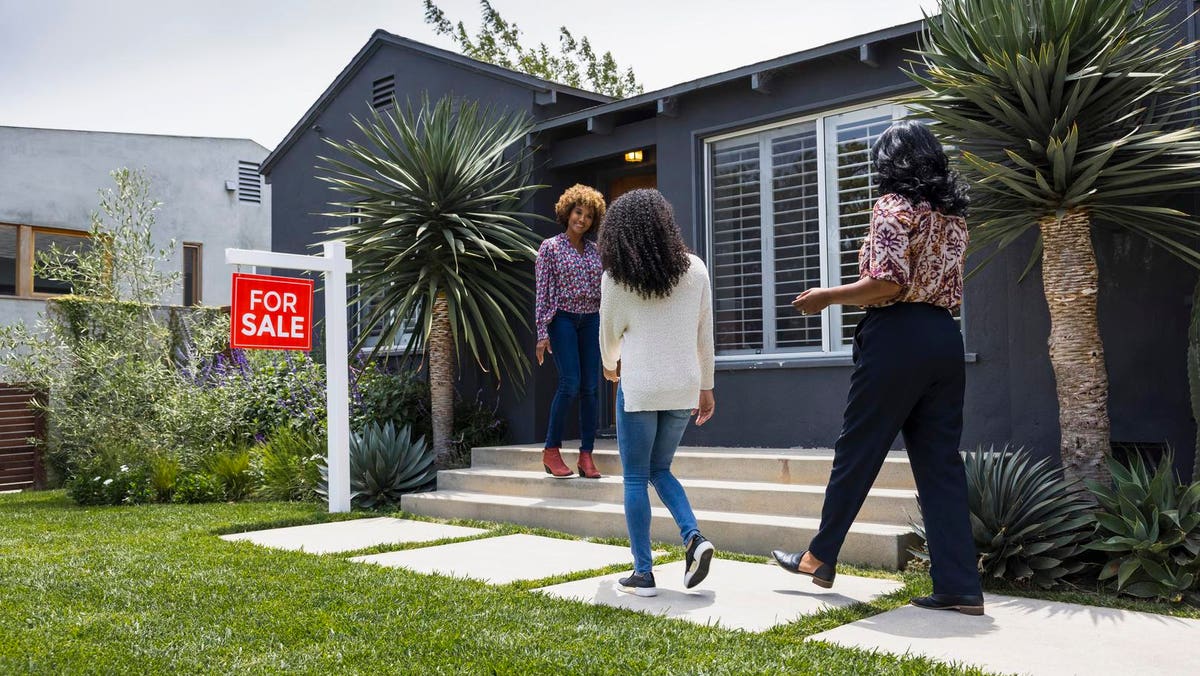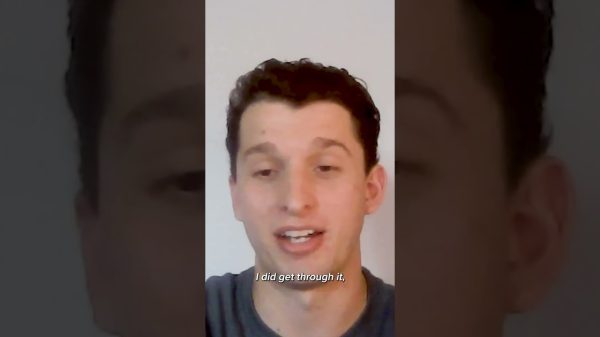When you make a low down payment, or when you opt to finance over a 30-year mortgage, you’ll spend years making mortgage payments before you gain any significant equity in your home.
Here’s why you should consider saving a 20% down payment, even though it’s hard.
A Low Down Payment Means Years Before You Gain Significant Equity In Your Home
My husband bought his first home in 2009 in upstate New York before we met. When we married in 2011 in our twenties, we both thought he had done a great job becoming a homeowner so early.
Until the time came to sell the home when it turned out to be more of a financial burden. He hadn’t considered that he might move after only a few years, as twenty-somethings often do in the early parts of their careers.
Because he bought the home with the minimum down payment, he paid extra fees in the form of private mortgage insurance and he barely had any equity built in the few years he owned it.
Even worse, his seemingly great investment went down in value during the Great Recession, and in order to sell the home, we had to pay $10,000 at the time of closing. As experts warn of an upcoming recession, it’s important to consider how long you plan to live in a home, and how much interest and PMI you’ll pay versus building any considerable equity.
It’s also not safe to assume that real estate always appreciates. Like us, you may need money to come out of pocket if you need to sell your home or the value of your home decreases.
Without 20% Down, You’re Likely Buying More House Than You Can Truly Afford
Bankrate’s recent Financial Security survey reported 74% of Americans consider homeownership as the highest economic stability measure, more than a comfortable retirement, a successful career, having children and holding a college degree.
Both my husband and I watched our immigrant parents work well past their sixties. For our families, the cost of pride of homeownership was that our parents couldn’t afford to retire, largely because they were still carrying long-term mortgages they signed more than 20 years ago.
They also fell into the trap of thinking they were saving money by writing off their mortgage interest on their taxes, when in reality they had paid tens of thousands of dollars in extra interest over the life of their loans.
When it came time for me to start house hunting, I wanted to prove to our families that we were successful and that we could buy a home like they did. Our parents kept bragging about how their friends’ kids had bought large homes, and how successful they must be.
However, when we looked at a comparably sized home to what my in-laws bought, it was twice the price of what they had paid years ago, and on a 30-year mortgage, it would likely mean I’d have to work into my sixties as well.
My husband and did not want to repeat that same fate, but it was really hard to not succumb to the peer pressure of buying a bigger house than we could afford. We were prequalified for at least a $200,000 home and as much as a $400,000 house, but we didn’t have $40,000 in cash for a 20% down payment.
Paying A 20% Down Payment Means You Have A Real Stake In Your Home And Your Financial Future
Because we were intent on putting a 20% down payment on our home, we ended up buying a smaller 2-bedroom townhouse for $101,00. This was so we could pay the $20,000 down payment, and we could finance it on a 10-year mortgage instead of a 30-year mortgage.
This more conservative purchase allowed us to focus on saving for other goals like paying for my graduate school, and putting away more money toward retirement.
Putting 20% down on our first home together allowed us to pay it off in six years, thanks to the shorter 10-year mortgage putting more of our monthly payments toward principal, rather than interest.
Shorter mortgage terms do come with higher monthly payments. But even those higher payments were within our means thanks to the higher down payment, and our interest rate was lower due to the shorter term.
Saving Up 20% Is Absolutely Challenging But It Can Dramatically Improve Your Money Habits
Before the pandemic, 37% of homes in the U.S. were paid off, but for Millennials and Gen-Z, it’s not just the high cost of housing that makes it hard to buy a home. Higher rates of student loans, tighter credit standards since the Great Recession, the cost of day care and job market volatility certainly does not make saving up 20% easy.
But the goal of saving a big down payment did helped cultivate consistent budgeting skills and prudent spending habits. That first $20,000 required us to:
- Reduce our reliance on credit cards;
- Get used to putting money in savings and not touching it;
- Budget every month and have honest conversations about spending; and
- Find new ways to increase our income with side hustles.
And most importantly, it helped me and my husband learn how to work as a team toward a common financial goal. We’ve since sold that first home, and bought and sold two more homes, each of them starting with a 20% down payment. We’ve paid off all three before we sold them, which largely contributed to us becoming debt-free millionaires in our thirties.
Yes, saving a 20% down payment, coupled with a shorter mortgage means more money up front and a higher monthly payment than a 30-year mortgage with a minimum down payment. It likely also means buying a house that’s not your absolute dream home.
There are a lot of hurdles to overcome if you want to buy a home with a large down payment. So, if you choose to buy a home without one, there’s no shame in that.
But rather than default to the lowest payment with a low down payment and a long mortgage term, try out different home prices and down payments on a mortgage calculator to see how much you can really save yourself in the long run.
Read the full article here













